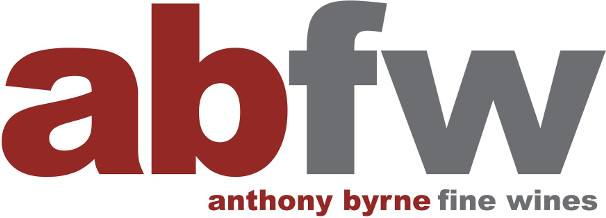France - Champagne
This most prestigious sparkling wine region has a cool continental climate and is the most northerly wine region in France; frost is one of the biggest challenges in the vineyard. To balance this the majority of Champagne produced is non-vintage (NV), prepared using a blend of wines from multiple years to smooth out some of the vintage variations. This is arguably one of the hardest tasks of the winemaker: to achieve a consistent house style from year to year.
In exceptional years up to half the fruit may be dedicated to creating a vintage champagne entirely made from that year's harvest, with the remainder reserved for non-vintage wines.
The three main grape varieties used are Chardonnay, Pinot Noir and Meunier. After traditional fermentation and blending, the Méthode champenoise technique calls for secondary fermentation for at least 15 months in the bottle, during which the natural carbonation occurs.
Champagne's sugar content varies. The sweetest level is 'doux' (meaning sweet) and then, (in increasing dryness) 'demi-sec' (half-dry), 'sec' (dry), 'extra sec' (extra dry), 'brut' (very dry-dry), 'extra brut' (very dry), 'brut nature' (no additional sugar, bone dry).
Featured Growers
Anthony Byrne Fine Wines Ltd. Registered in England and Wales with company number 01713692.
Privacy Policy.
Registered office: Ramsey Business Park, Stocking Fen Road, Ramsey, Cambridgeshire, PE26 2UR.








